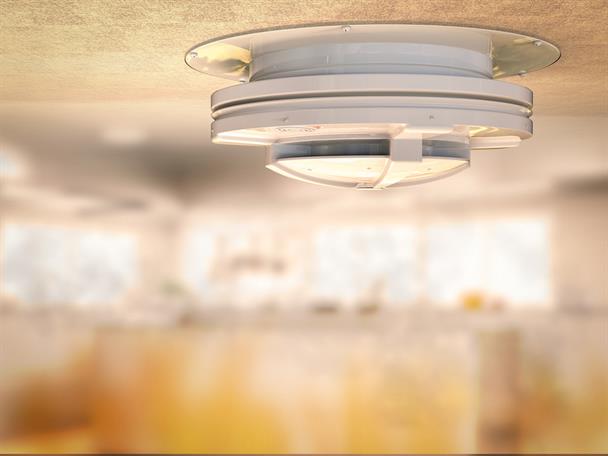September 26, 2017 by Snupit

Fire detecting equipment plays an integral role in securing your home or business premises. Early warning is the key to preventing fire from causing damage or ruining the location. Effective equipment informs the people on premises about the fire before it starts spreading, ensuring they have sufficient time to get out. According to fire detection experts, the modern alarm systems also alert relevant emergency services and they respond to the alarm immediately.
However, given the wide variety of fire detection equipment available today, it can be a challenge to choose the right one. To make things easier for you, here is an overview of the three main types of fire detection equipment and the purposes they serve:
1. Heat Detectors
The purpose of heat detectors is to ensure the temperature within a given location remains stable. Heat detectors differ from other types of fire detection equipment in the sense that they do not provide an early warning. The detector will only sound an alarm if the temperature exceeds the predefined range. This means that heat detectors are not suitable for locations with ambient temperature. The ideal places to use these detectors, according to fire detection experts, are small rooms and kitchens.
2. Flame Detectors
Flame detectors are generally installed near points of ignition. They are suitable for factories and other locations where hazardous processes are performed. Moreover, flame detectors are necessary at oil refineries and manufacturing facilities. There are three main types of flame detectors:
• Infrared: IR detectors are effective at detecting head radiation from naked flames. These detectors signal an alarm within 5 seconds.
• Optical: Optical flame detectors are the most common type in use today. They include optical sensors that detect flames.
• Ultraviolet: UV detectors offer the quickest response time of the three types of flame detectors. They can detect flames and fires quickly, by checking the UV radiation emissions.
3. Smoke Detectors
Smoke detectors, also called smoke alarms, detect fires by sensing the presence of smoke. There are three types of smoke alarms:
• Ionization: Ionization alarms contain radioactive material. Once the chamber detects smoke, it sets off a current, which leads to a reduction in ionization. This sets off the alarm.
• Photoelectric: Photoelectric alarms detect the presence of smoke once it enters the optical chamber. This sets off scattered lights that hits the sensor and triggers the alarm.
• Combination: Combo alarms offer the features of both photoelectric and ionization alarms. This type of alarm is effective at detecting low-energy as well as high-energy fires.
Installing smoke detectors is crucial, especially in residential buildings. As the old saying goes, there is no smoke without a fire, and a smoke detector can alert the residents before the fire spreads.
So these are the three main types of fire detection equipment you can invest in for your home or business premises. The best approach is to opt for a combination of equipment so you are safe against all potential fire hazards. If you are confused about selecting the right equipment, you can get in touch with professional fire detection experts who will also help you install the equipment.
Filed under : Fire Safety